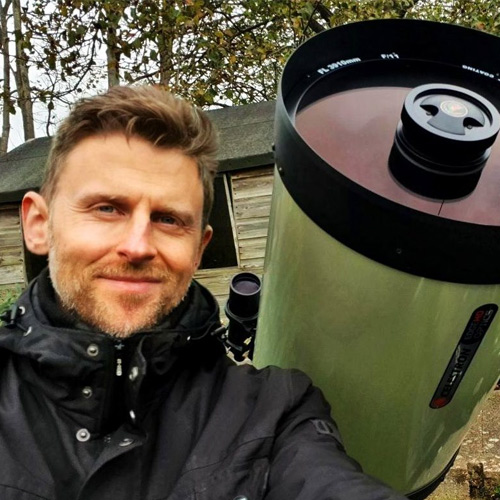Is a motorized telescope worth the cost?
Are motorized telescopes worth the extra cost when we're going through a cost of living crisis?
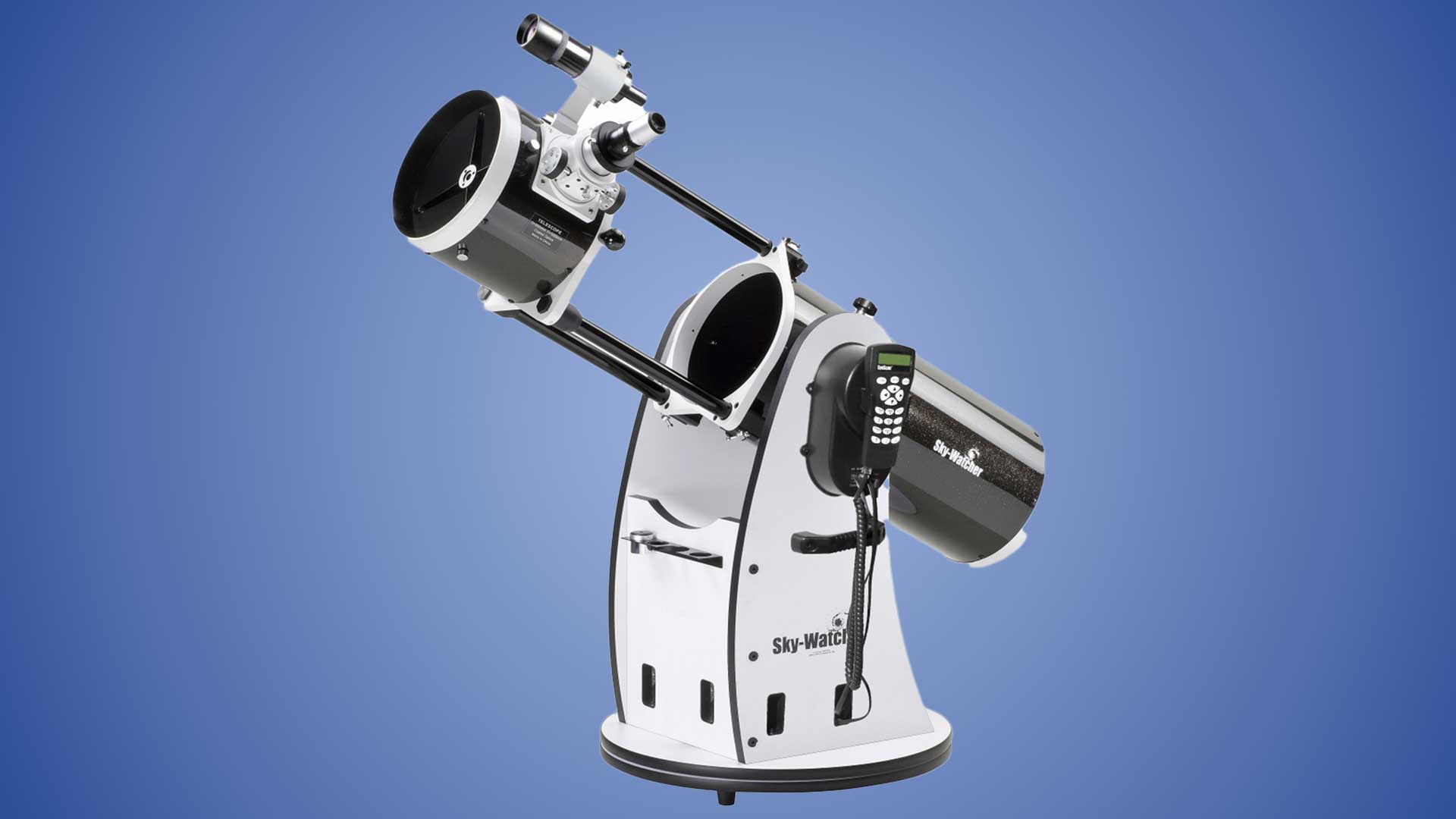
Buying a telescope can be a bewildering decision at the best of times and opting for a motorized telescope can confuse things even further. With so many different options to consider choosing the right one can become somewhat of a lottery, especially for the beginner. Cost is typically the prime consideration for most, and even a quick look over most telescope adverts will show that motorized/computerised telescopes typically cost more than ones that are not (due to the sophisticated electronics required).
In more recent times, the worldwide supply issue of semi-conductors has had an impact on manufacturers of motorized telescopes with the supply of some models delayed or out of stock. It's also resulted in price increases on certain markets. Within the UK especially, consumers are feeling a tighter squeeze on their finances than perhaps ever before with a 'cost of living' crisis underway. Disposable income for expensive luxuries such as telescopes is likely to be more limited.
Given the supply issues and tightening budgets, we examine just how crucial it is to have a motorized or go-to telescope, and if it is really worth the expense over cheaper, less sophisticated options.
Motorized Telescopes
Pros
- Tracks the motion of the night sky keeping objects within the field of view
- More expensive motorized telescopes have go-to slewing
- Easy and fast object location
- Long exposure astrophotography is possible
Cons
- Much more expensive
- More complex to use
- Features are not essential if you are just observing visually
By far and away the massive bonus of having a motorized telescope is its ability to track the motion of the night sky. Some models, known as GoTo telescopes, automatically slew to celestial objects. These features open up the world of long exposure astrophotography to the user. With a GoTo system, objects that are difficult to find can be located in seconds saving a huge amount of time in hunting down hard-to-find targets.
Telescope tracking is perhaps the most important feature since it keeps objects centered within the telescope field of view making visual observing or photography far easier. Even a telescope with a simple Right Ascension (RA) motor drive will be of huge benefit, especially to the beginner wanting to try their hand at astrophotography.
Manual and lower cost telescopes
Pros
- Much less expensive
- Larger aperture sizes for the money
- Often easily available from most suppliers
- Great for visual observing
Cons
- No tracking or go-to
- Long exposure photographic work is not possible
- Requires good knowledge of the night sky to find and locate objects manually
With the aforementioned cost of living squeeze and supply issues of electronic components, some may have no option but to look toward alternative options than motorized, GoTo telescopes. Luckily, there is a wide range of equipment available, and better still, much of it can give the user just as much enjoyment to use.
The main drawback of lower-cost manual telescopes (such as Dobsonians) is that most have no motor drive or GoTo functions, meaning any object must be located manually. They also do not track the motion of the night sky, so objects must be constantly re-centered rendering long exposure photography impossible.
Using manual telescopes requires the user to have at least a reasonable knowledge of the night sky. Finding fainter targets can take time, even for the experienced observer. Fortunately, there are a good range of smartphone apps available to help users quickly navigate around the night sky. Alternatively, traditionalists might even prefer a good, old-fashioned star atlas.
Our top three recommendations:
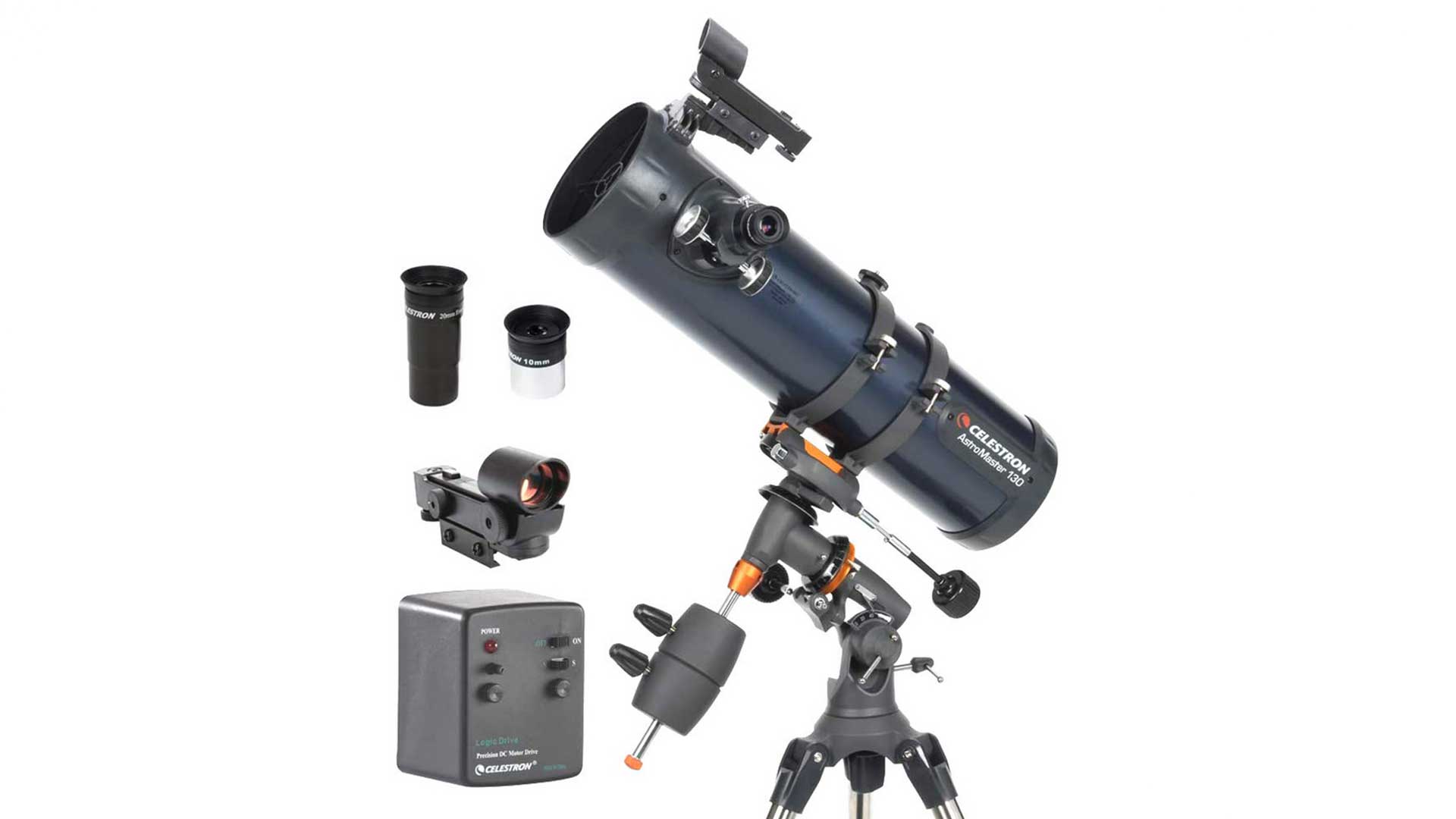
Celestron Astromaster 130EQ-MD Motorised Reflector
Our expert review:
Specifications
Reasons to buy
Reasons to avoid
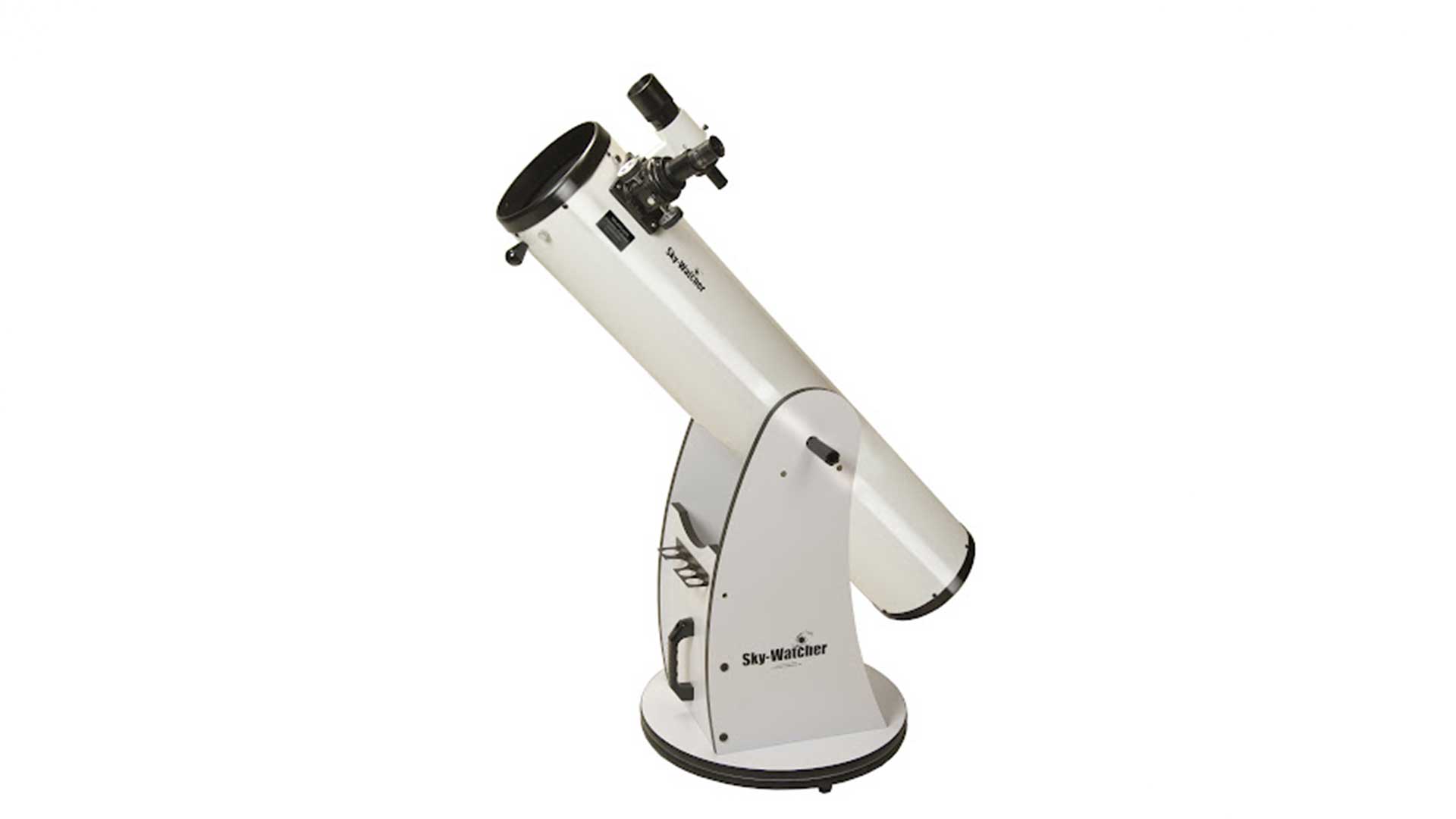
Skywatcher Skyliner 200P SynScan GoTo Dobsonian
Our expert review:
Specifications
Reasons to buy
Reasons to avoid
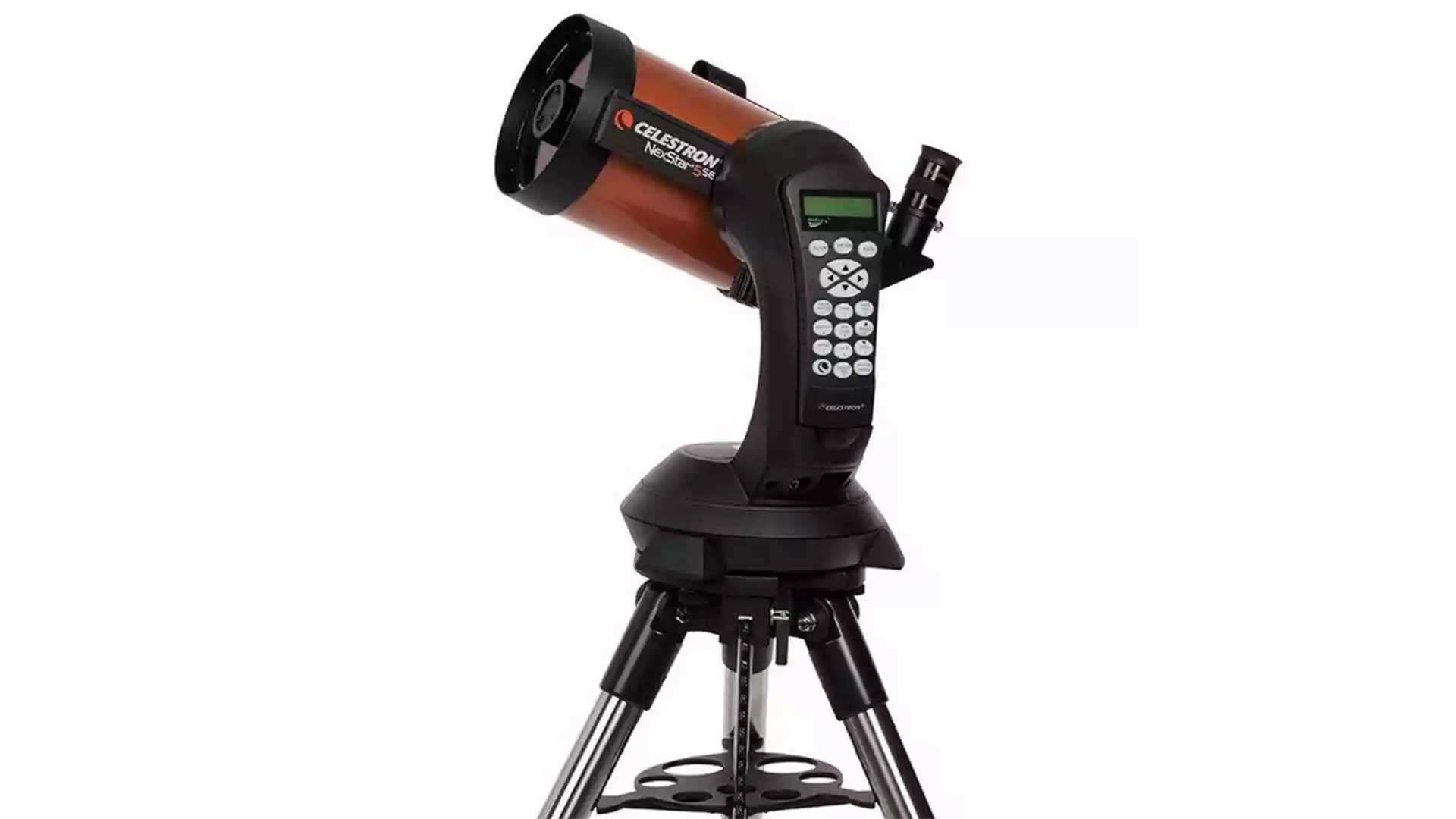
Celestron Nexstar 5SE GOTO Schmidt Cassegrain Telescope
Our expert review:
Specifications
Reasons to buy
Reasons to avoid
Join our Space Forums to keep talking space on the latest missions, night sky and more! And if you have a news tip, correction or comment, let us know at: community@space.com.
Get the Space.com Newsletter
Breaking space news, the latest updates on rocket launches, skywatching events and more!
Damian A. Peach FRAS is a British amateur astronomer, astrophotographer, lecturer and author. Best known for his photographs of a wide variety of astronomical objects. His career in the field spans over thirty years. Peach's passion for Astronomy first began in 1988 inspired by books in his school library. Later he joined the British Astronomical Association (BAA) in 1996 and since then has contributed large amounts of observations to the various observing sections and also written and co-authored many papers in the organization's journal. He was awarded the organization's prestigious Merlin Medal in 2006. The same year he was also awarded the Association of Lunar and Planetary Observers (ALPO) Walter H. Haas award for his contributions. Peach has provided astronomical images for magazines and books throughout his career. His images have been featured in Astronomy Magazine, Sky & Telescope, Astronomy Now & The Sky at Night. He has also authored articles on astrophotography for these magazines. Peach has also been a co-author on several professional scientific papers on planetary astronomy, especially regarding work on Mars and Jupiter. He was one of only a few amateur astronomers to have work featured as part of the national Explorers of the Universe exhibition at the Royal Albert Hall in 2007. His work has also appeared at the Edinburgh Science Festival, and The Royal Greenwich Observatory. Peach's work has also been used by NASA and ESA to illustrate what ground-based telescopes can achieve in photographing the planets, and the support they can provide to professional space probe missions.
